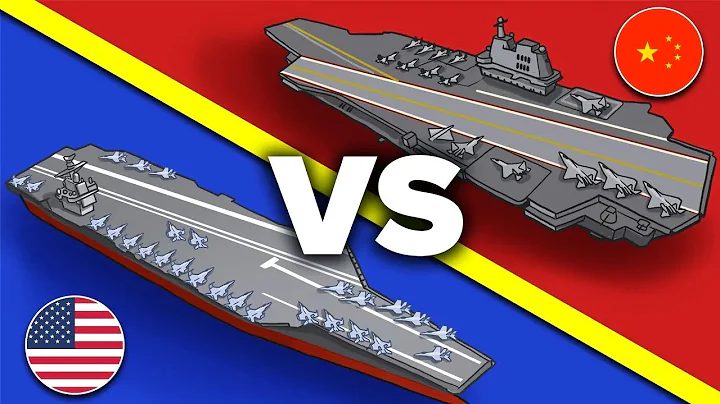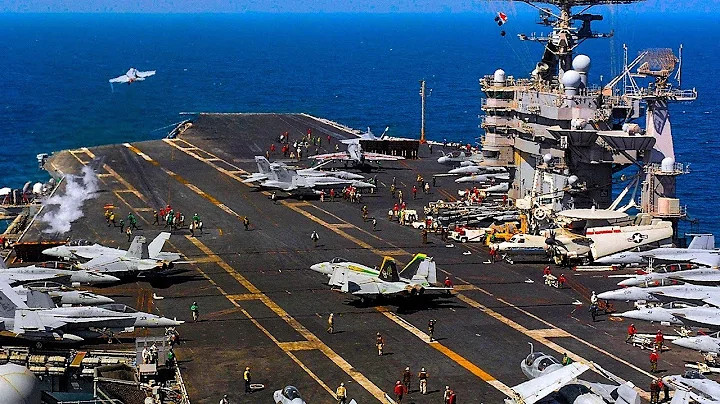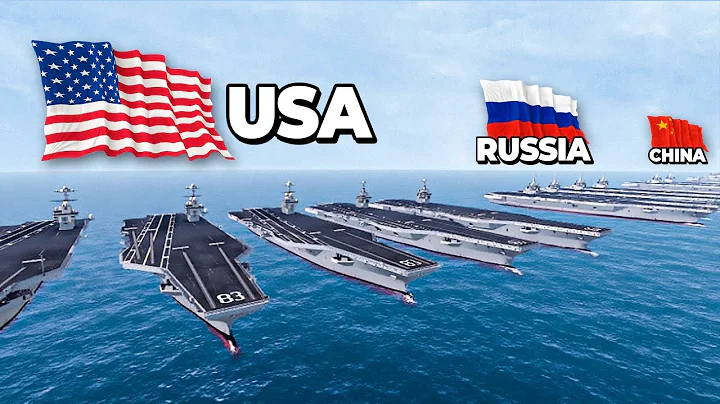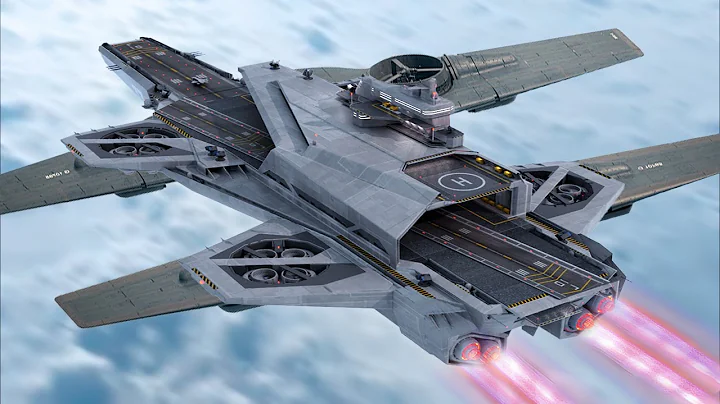After the launch of the "Fujian" aircraft carrier, which other Chinese weapons and equipment have strong appeal to Americans? The answer is the H-20 stealth strategic bomber, which has not yet been publicly unveiled. The threshold for the development and use of bombers is already very high, otherwise the United Kingdom and France would not completely give up the development of the strategic bomber . Although Russia is also equipped with strategic bombers such as the Tu-160, it does not have a stealth strategic bomber. China's H-20 has directly become the equipment most likely to break the United States' monopoly on stealth strategic bombers.

Brent Eastwood, an expert on emerging threats in the United States, published an article on the American "1945" website, analyzing China's H-20 stealth strategic bomber that has not yet appeared. According to calculations, the H-20's range will reach 7,500 miles, far exceeding the maximum range of 26,000 miles of the B-2 stealth strategic bomber currently in service in the U.S. Air Force. This means that even if it takes off from China, the H-20 stealth strategic bomber can fly to the United States and bomb the United States without any aerial refueling.

Of course, it is no longer World War II . China's H-20 does not need to carry out high-risk air bombing like the B-29 and B-17 of the United States during World War II. China's missile arsenal has a wealth of long-range missiles Available for the H-20 stealth bomber. In addition to long-range missiles equipped with nuclear warheads , the H-20 stealth strategic bomber can also be equipped with air-launched hypersonic missiles carried on the H-6 bomber.

This also means that China’s H-20 stealth strategic bomber will be an excellent “American aircraft carrier hunter.” Even if the U.S. aircraft carrier does not go to the Western Pacific and Indo-Pacific regions, if necessary, China's H-20 stealth strategic bomber can carry enough air-launched hypersonic missiles to the U.S. mainland to dock at the U.S. Navy's home port. aircraft carrier in the aircraft carrier launched a hunt, which would be disastrous news for the US aircraft carrier force.

Moreover, if China's H-20s really want to go to the United States to bomb or attack US aircraft carriers, the number of aircraft dispatched does not need to be too many. The bomb load of the H-20 stealth strategic bomber has reached 45 tons, which has exceeded the two strategic bombers currently in service in the U.S. Air Force, the B-52H and B-2. The B-21 stealth bomber under development by the U.S. Air Force has only 15 tons of bomb load, while the H-20 has three times the bomb load of B-21. This means that one H-20 can project ammunition equivalent to three B-21 stealth bombers.

Although the H-6K, H-6J and H-6N bombers currently equipped by China can also mount the "YJ-12" supersonic anti-ship missile and air-launched hypersonic missile. However, the H-6 series bombers are non-stealth bombers. For the U.S. Navy, whether it is the "Aegis" ship in the aircraft carrier battle group or the E-2 series carrier-based early warning aircraft taking off from the US aircraft carrier, they can all H-6 series bombers carry out early warning and detection.

The H-20 stealth strategic bomber is completely different. Its ultra-long range, extremely high concealment and huge bomb load determine its ability to operate alone. Without the escort of the J-20 stealth fighter , without the While the aerial tanker replenishes fuel, it remains on standby in the Indo-Pacific region for a long time. For the U.S. Navy's aircraft carrier force, there will be a sense of security beyond the range of China's shore-based anti-ship ballistic missiles. But the H-20 has changed this situation, and the "non-safety zone" of the US Navy aircraft carrier has rapidly expanded.

Brent Eastwood believes that from a time point of view, China's H-20 stealth strategic bomber will begin to be officially equipped with Chinese Air Force around 2030 at the latest, and will be in service as long as the U.S. Air Force's B-21 Stealth strategic bombers are generally close. For the United States, it has lost its generational advantage over China in the field of stealth strategic bombers.

Although the United States will have more B-2 and B-21 stealth strategic bombers than China's H-20 in a short period of time, for China, as long as it crosses this threshold, the quantity problem is basically equivalent to another problem. A matter of time. If necessary, China will expand the number of H-20 stealth strategic bombers in a short period of time, equaling or even surpassing the US stealth bomber fleet.

I personally believe that compared with the advantages formed on the battlefield, China's H-20 stealth strategic bomber will have a greater impact on the American mentality after it is put into service. All along, in the US military's Asia-Pacific war game , the B-2 and the future B-21 stealth strategic bomber have undertaken important tasks. It not only needs to be responsible for suppressing China's long-range air defense missile systems and air strikes on Chinese airports, but also needs to quietly embed mines in China's coastal waters when necessary.

However, after the H-20 stealth bomber entered service, China was soon able to explore more effective countermeasures against the B-2 and B-21 under the "training" of the H-20. At the same time, the security of most U.S. military bases in the Indo-Pacific region will also be further reduced.
picture source network, intrusion and deletion.











